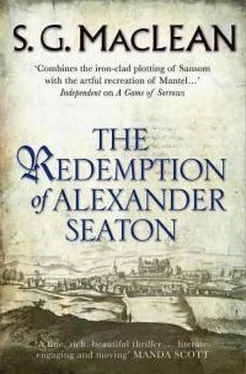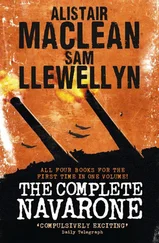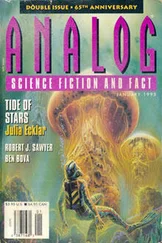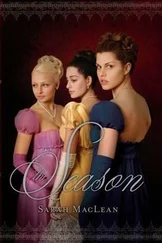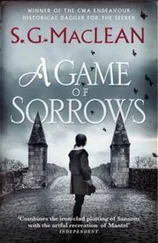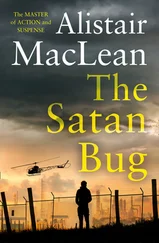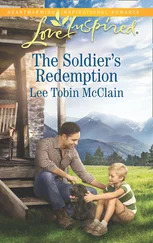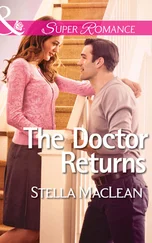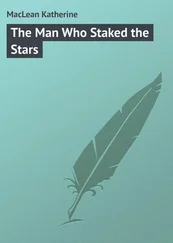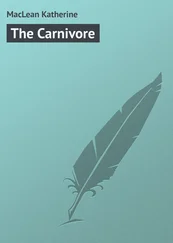Eventually Jamesone left off his work. Still with his back to me he stretched his arms wide and yawned, and then removed and hung up the smock he had been wearing. He turned and afforded me a broad smile. I liked him instantly – it was a smile of genuine fellowship in a face alive with humour and intelligence. ‘Mr Seaton, I am glad to see you. As you know, we have never met, but my wife tells me you are friends of old. Come, sit here by the window – you will be more comfortable and I can better see your face – I have an interest in faces.’ Had I not already known that he had travelled to learn his trade, his manners and way of speech would have given him away. He did not have the air of a man who had spent all his years within the confines of one society.
I did as he asked and moved to a seat near the window. He continued to move about the room, cleaning and tidying his brushes and paints and cloths. The old manservant came in with a tray of wine and a dish of nuts and raisins, which he set down grudgingly before me at his master’s request. ‘Now, Mr Seaton, you have business with me.’
I brought the letter from the pouch at my side. ‘Not I, but Walter Watt, provost of Banff.’ I held out the letter.
Jamesone took the letter that I held out to him. ‘So Watt has had himself made provost now, has he? Well, I cannot own myself surprised. He sat for me several years ago – he and his wife. He was a man who would not wait long on destiny, I think.’
I adjudged it better not to add my thoughts to those of the artist. He left that subject, and turned his attention to the letter, whose seal he had now broken.
‘Your provost wishes me to come to Banff once more to paint him and his family.’ He looked up. ‘I am glad they have had children. I think their lack was a great sadness to his wife.’
‘It is not the same wife. The first died some years ago.’
‘I am sorry to hear it. There was a great beauty and kindness in her. She should have been better blessed.’ He sighed. ‘But the provost has little notion of the press of patrons on me in these days. Those I paint now usually come to sit for me here. But I was glad enough of his business once and should not scorn him now. Besides, it would be interesting to paint the same face once again, and see how the years have marked it.’ He gestured towards the work he had just been engaged upon. ‘I am to travel with this portrait to Rothes at the end of the month. I will return home by way of Banff and see the provost and his family then. I cannot promise him that I can do any more than a sketch of them there – I think it likely they must come sit for me here. You can pass on this message for me?’
I assented, although I did not anticipate with any great pleasure telling the provost of Banff that, risen in the world though he was, he was of less consequence to George Jamesone than once he had been. The painter and I talked for a while of Banff and the country around and people he knew there. He avoided mention of Delgatie, and I suspected news of my disgrace had reached to Aberdeen and to the ears of those who hardly knew me. But here was a man who did not hold it to my account. He had travelled in the world and, as he told me, ‘A painter sees many things in the lives of men that others do not see.’
‘I am not sure of your meaning,’ I said.
He moved across the room to stand beside his canvas of the Countess of Rothes. ‘What do you see here?’
I scanned the portrait for a moment but could divine no great secret in it. ‘I see Anne Erskine and her two daughters.’
He quizzed me. ‘Is that all you see?’
I looked again and shrugged. ‘Well, no. I see a window, some heavy, rich draperies, a table, some artefacts. There is a box on the table with a necklace hanging out of it. There are some portraits on the wall behind the countess, and there is a chess board with some pieces on the table.’ He continued to eye me expectantly. I lifted my hands in resignation. ‘I am sorry. That is it.’
He smiled and took a clean brush in his hand and used it as a pointer. ‘You look, but you do not properly see. You see the Countess of Rothes and her two daughters. Yes. You see a window – is it simply for light? I am not a painter of windows. Look again – the arms of the family are stained in the glass – there is nobility there. And should you doubt it, regard the portraits behind her – there is lineage, too. The jewel box on the table; has she been careless, and not put things in their place before the painter should arrive? I think not. There is wealth, opulence in the world displayed for all to see. And the chess board – again untidy. A game shortly played by the countess and her children – why no doll, nor rattle nor spinning top? Because these are no childish games this woman and her children play – theirs is a game of strategy; these are girls of good wit and learning. Yet there remains one feature you have not mentioned.’ I looked again. The painter studied me as I did his picture.
‘The cherries?’
He nodded. ‘Indeed, the cherries. Did you think they were just an affectation of colour, a painter’s indulgence?’
I had to confess that I had not thought much about them at all – they were simply there, as fruit often is in such portraits.
‘You see a portrait of the Countess of Rothes and her daughters, no sons – for there are none. The fortunes of the family may rest with these two little girls. So see displayed their lineage, their nobility, their wit, their learning and their wealth. But more than all that, one thing is required of them – fertility. And look, look again, Mr Seaton. See how fertile, see how ripe they will be.’ He turned away and walked back to the window, where he stood looking out at his wooded garden and its delicate blossoms.
I said nothing, being now a little discomfited by the picture. He turned round and indicated a set of shelves behind me and, as I cast my eye over them, several things that had puzzled me on first entering the room now made a little more sense. He came across to me and picked up the human skull that grinned horribly from the bottom shelf. ‘I am not, as you know, a medical man. I have no interest in this skull other than its use to me in the depiction of death, the certainty of death. These shells you see here were, indeed, gathered on a happy walk along the shore on a summer’s day with my wife, and are to me a memento of things pleasant, but in a painting they would become the symbols of wealth. If you look at these books here, you will see by their titles that they are of no great consequence. Those books of true interest to me are downstairs, in my library. These books here are again mere props, but they have been used many, many times to symbolise the learning of some of my illustrious sitters.’
I began to understand. ‘And this lute?’
He picked up the instrument that had been left leaning against a chair. ‘The lute – as many musical instruments – is a symbol of human love, even lust.’
‘So that is why you have not had the broken string mended, because it is never played?’
‘No, I wish that that were the case. Not all affairs between men and women are as happy as the union by which I am blessed. The broken string is for disharmony.’ He was silent a moment and then smiled and said briskly, ‘So now you are an expert, Mr Seaton. When you look, you will see.’
‘I wonder. I doubt if I will ever see what is truly there.’
‘I think you speak of more than paintings.’
‘Perhaps.’
He replaced the lute by the wall. ‘For all my draughtsman’s tricks I am no expert on the nature of men. I think there is perhaps more of a story to be told in their faces, if I could but unlock it. That is why I am of a mind to take this commission from your provost, to see what story the lines in his face will tell me of his life since I painted him last.’
Читать дальше
